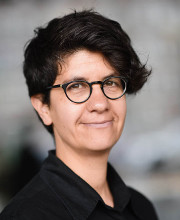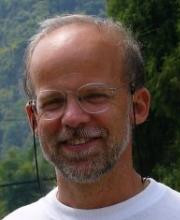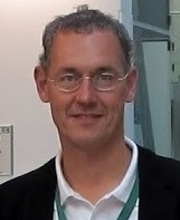| Arianna Betti, University of Amsterdam | Nicola Guarino, ISTC-CNR Trento | Stefan Schulz, Medical University of Graz |
 |  |  |
| Ontology Modelling, Ground Truths and the Digital Humanities. | Events as qualitative changes. | SNOMED CT x BFO: can the gap between legacy terminology and foundational ontology be bridged? |
| Abstract: One way to see work in the digital humanities (or, as I prefer – computational or data-driven humanities) is as the result of the wish to scale up traditional work in the humanities. The million dollar question is: how should that scaling up be accomplished? In this talk I argue that sound methodology in the computational humanities must rely on ontology modelling alongside data-driven statistical approaches. I focus on text-based, concept-rich humanities domains, and argue for three interrelated claims: first, expert ground truths are of fundamental importance for sound methodology in the computational humanities – that is, I argue against common lore that ground truths are not only possible in data-driven statistical approaches in the computational humanities, they are necessary; second, for their construction ground truths require expert conceptual models fixing concept-term links, models that are in principle expandable into proper formal ontologies; third, the soundest way to scale up work in text-based, concept-rich computational humanities requires that we actually transform conceptual models into formal ontologies and apply reasoners to them, obtaining consequences to be in turn checked against textual corpora by way of information retrieval techniques. I illustrate the first two claims with an example from recent work by my team, followed by a sketch of the method mentioned in the third claim. I wrap up the talk by discussing a number of challenges arising from the method. | Abstract: In this talk I will first introduce a novel ontological theory of events (joint work with Riccardo Baratella and Giancarlo Guizzardi), which sees them, in the simplest case, as changes in a respect. Inspired by the Aristotelian tradition, a central tenet of this theory is the fundamental difference, in a change, between the object that changes (the participant in the change) and the actual subject of change. The latter is what DOLCE, UFO, and BFO call an individual quality. While in the Kimian tradition events are individuated by a triple , where o is an object, P is a property, and t is an interval of time, in this theory simple qualitative changes are individuated by a triple , where q is an individual quality inhering in o or in one of its parts. Detaching the definition of events from the property they exemplify results in a fine-grained theory that keeps metaphysics and semantics clearly separate, and lies between the multiplicative and the unitarian approaches. I will then discuss the way language refers to events, observing that, in most cases, event descriptions refer to complex, cognitively relevant clusters of co-occurring qualitative changes. Contra Bennett, who famously argued that the semantics of event names ultimately depends on “local context and unprincipled intuitions”, I will finally show how the lexicon provides systematic principles for individuating such clusters, classifying them into kinds, and constraining the semantics of modifiers. | Abstract: The global terminology standard SNOMED CT promises semantic interoperability for health care. Based on OWL-EL, it can be considered one of the worlds’ largest domain ontologies. It is derived from a multiaxial nomenclature created in the 1970s, which was later merged with a coarsely structured collection of clinical terms. Although impressive efforts have been done to enrich it with formal axioms that allow description logic-based reasoning and classification, its evolution has remained largely unaffected by the development of foundational ontologies. Driven by the BFO standardisation efforts, there is increasing interest in exploiting the way by which a harmonisation between the two standards is possible. This keynote will report on ongoing activities and illustrate a number of problems using examples from the SNOMED CT hierarchies “Clinical finding” and “Qualifier value”. Convinced that an ontology-based re-design of SNOMED CT is not feasible, the focus is set on how to re-interpret existing SNOMED CT content from a foundational ontology perspective. |